This post may contain affiliate links which means I will get a commission if you make a purchase at no additional cost to you. As an Amazon Associate I earn from qualifying purchases. Please read my disclosure for details.
In a well ordered kitchen, a quiet rhythm emerges that reflects a cook’s care, from tool placement to preserving freshness. It’s not just about ingredients or recipes, but how the space is respected and lived in.
The most skilled home cooks are not merely efficient. They are meticulous, respectful of time, and attuned to the quiet rituals that make cooking both an art and a discipline.
Labeling Everything with Intention
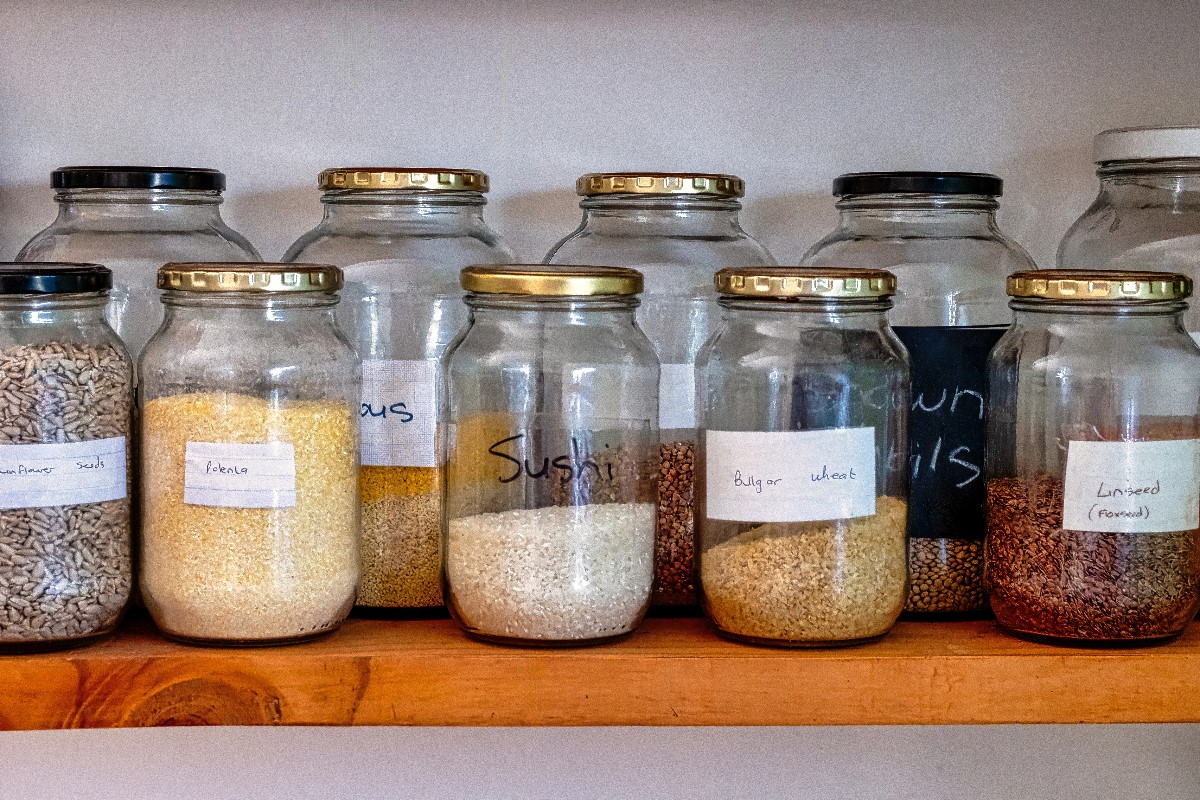
WANT TO SAVE THIS RECIPE?
Rather than scribbling expiration dates or vague contents, organized cooks label with a purpose. Each container carries precise names, dates, or even cooking instructions to eliminate guesswork during busy hours. This practice extends the shelf life of pantry and fridge items while preventing waste.
Using Uniform Containers for Pantry Items
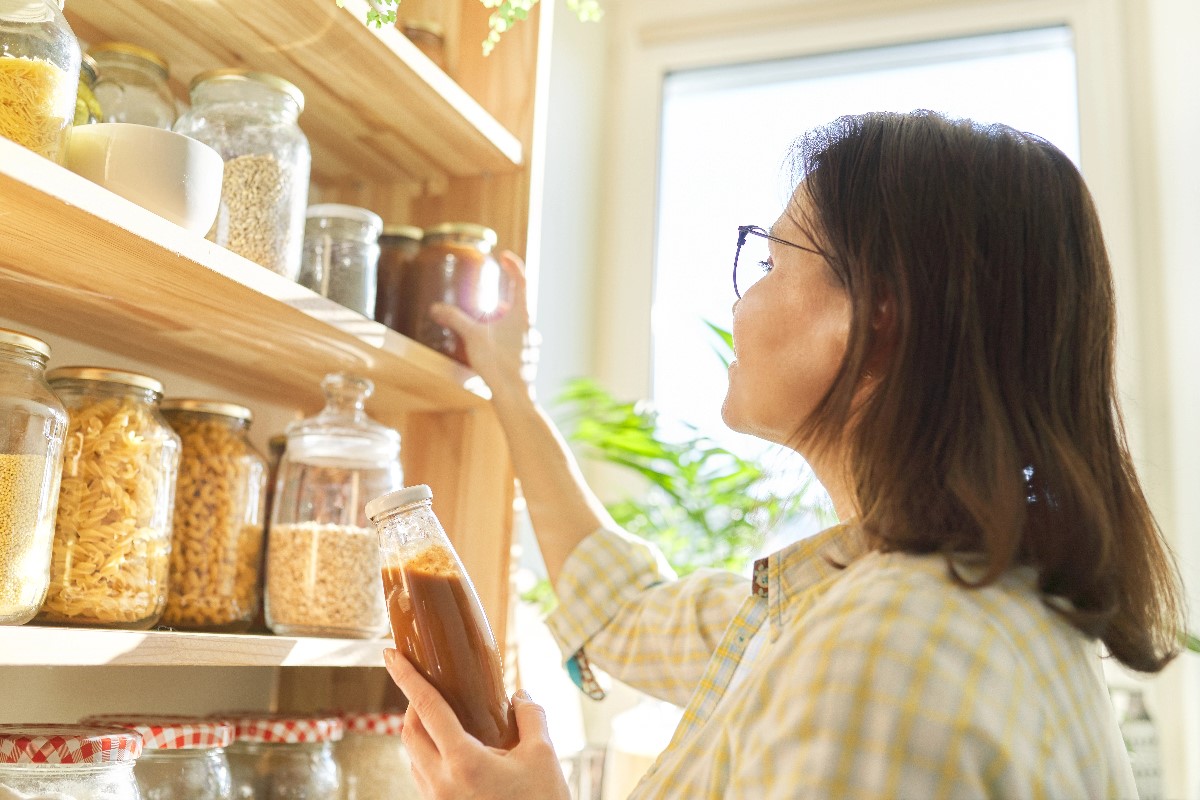
The most ordered kitchens avoid an array of clashing packaging. Instead, dry goods are transferred into matching glass or clear plastic containers with airtight seals. This promotes visual harmony and protects staples like flour, sugar, rice, and legumes from pests and moisture.
Creating Zones within Cabinets and Drawers
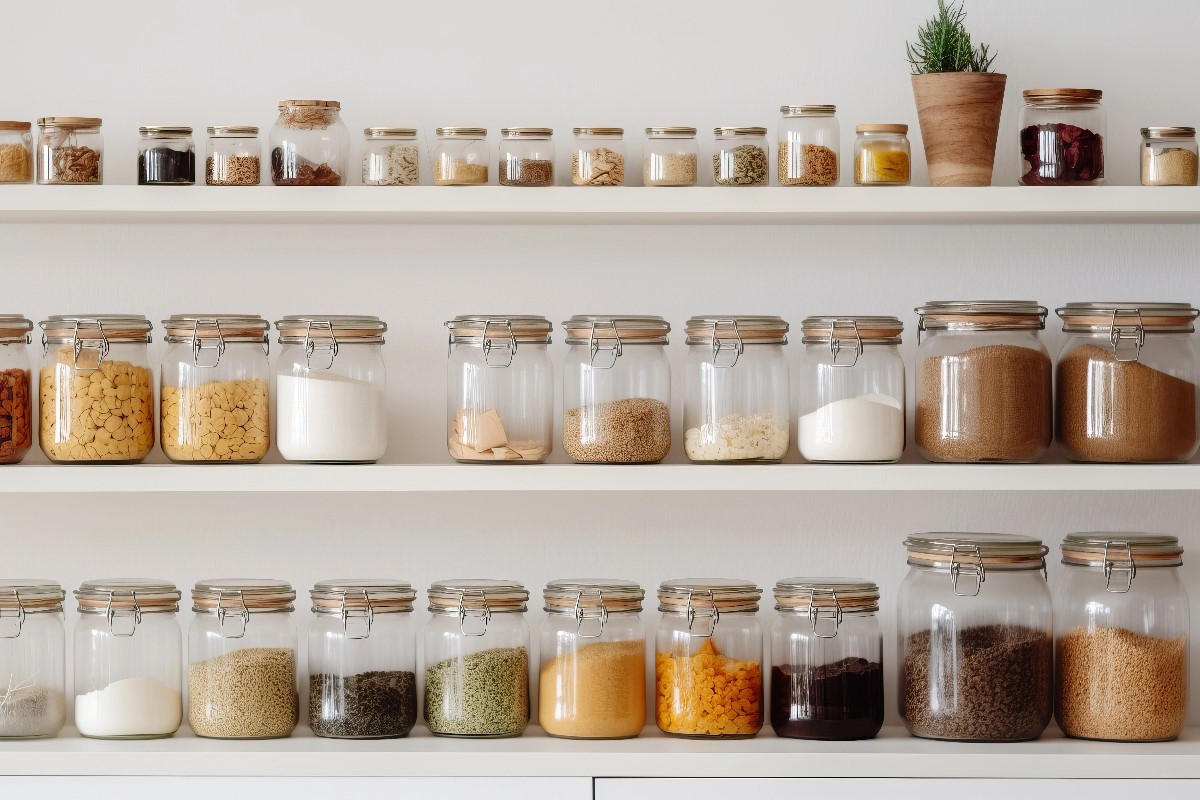
Rather than mixing utensils with spices or storing snacks beside baking supplies, organized cooks assign each category a specific zone. Items are placed where they are most often used, reducing unnecessary motion during cooking.
Keeping a Running Inventory of Staples
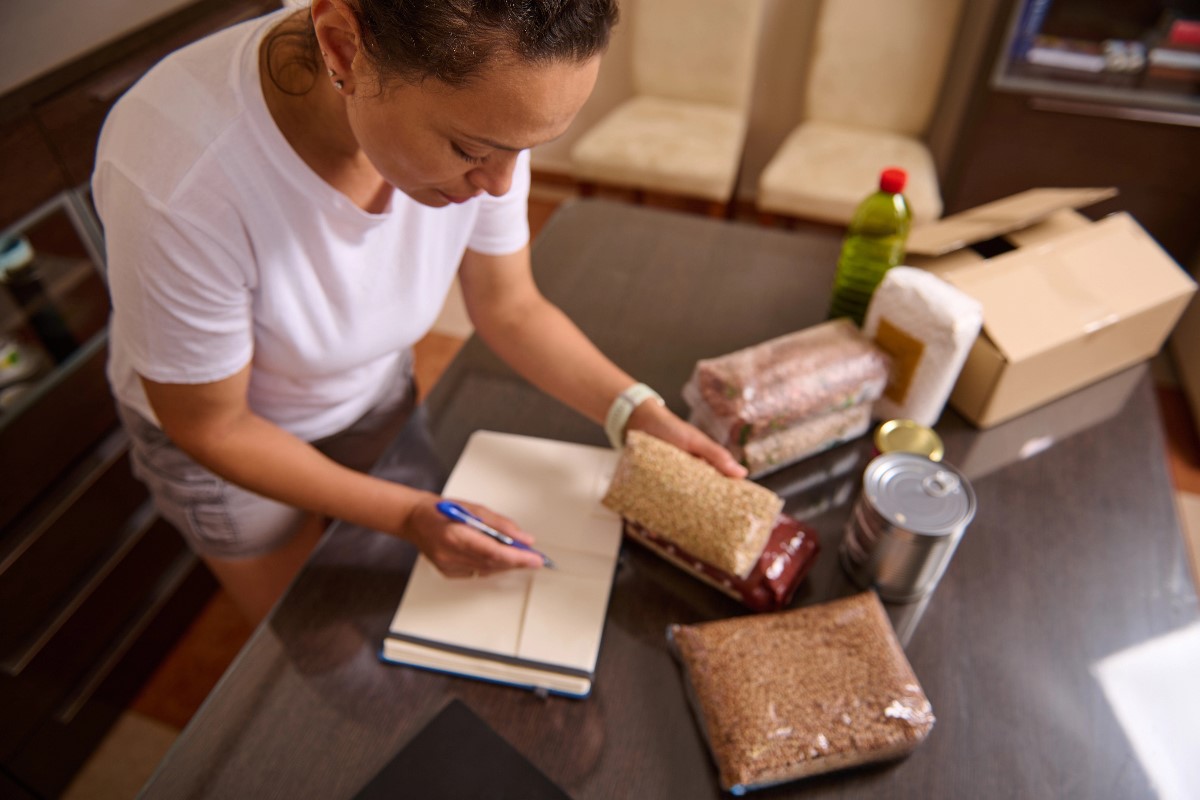
Whether through a whiteboard on the fridge or a note in a kitchen drawer, a well organized cook maintains a log of essentials. Knowing exactly what is in stock prevents duplicate purchases and ensures no ingredient is forgotten. This habit also helps with spontaneous meal planning when a trip to the store is not feasible.
Investing in a Lazy Susan or Pull Out Shelves
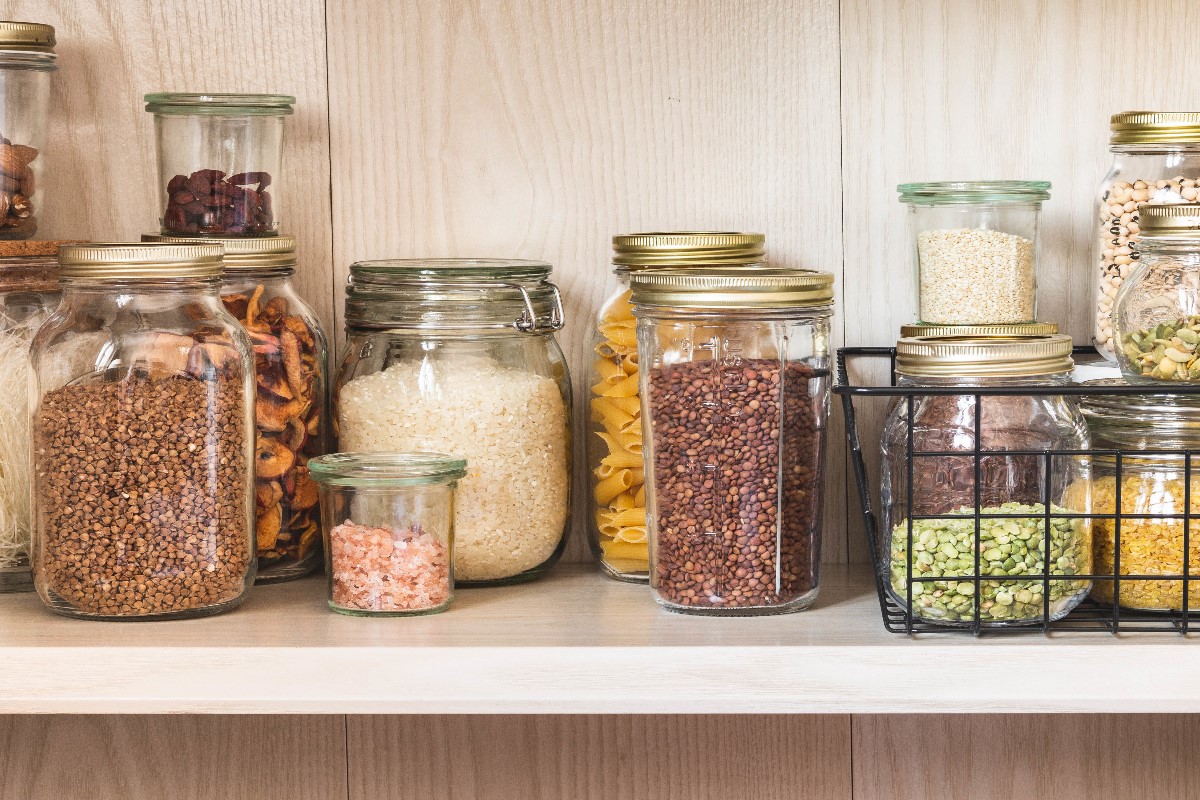
Cabinet corners often turn into dark, forgotten spaces. Organized cooks use rotating trays or pull-out shelves to bring those back items into reach. These tools make it easy to retrieve sauces, oils, and condiments without knocking over other items.
Using Drawer Dividers and Inserts

A drawer filled with scattered tools delays every task. Instead, dividers carve out purposeful sections for spatulas, knives, measuring spoons, and more. This form of organization cuts down the search time for tools and keeps them in top condition.
Related Post: 12 Things No One Tells You About Feeding A Family With Food Allergies
Practicing the First in First Out Rule
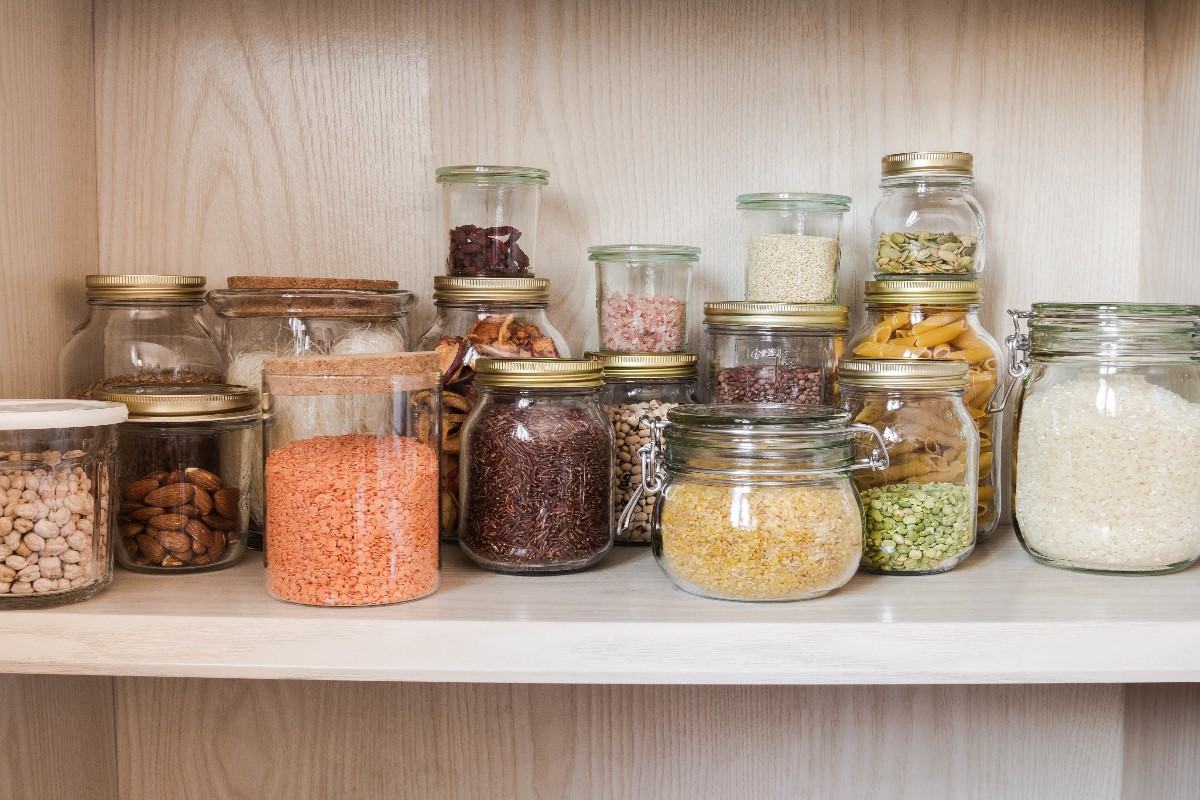
Organized cooks rotate groceries so that the oldest items are used first. This principle is especially vital for perishables like dairy, produce, and meats. It prevents food from spoiling and encourages the timely use of every item. This method, borrowed from professional kitchens, results in less waste and greater respect for every dollar spent.
Related Post: 15 Fast Food Chains That Boomers Refuse To Let Die
Storing Ingredients in Clear Containers
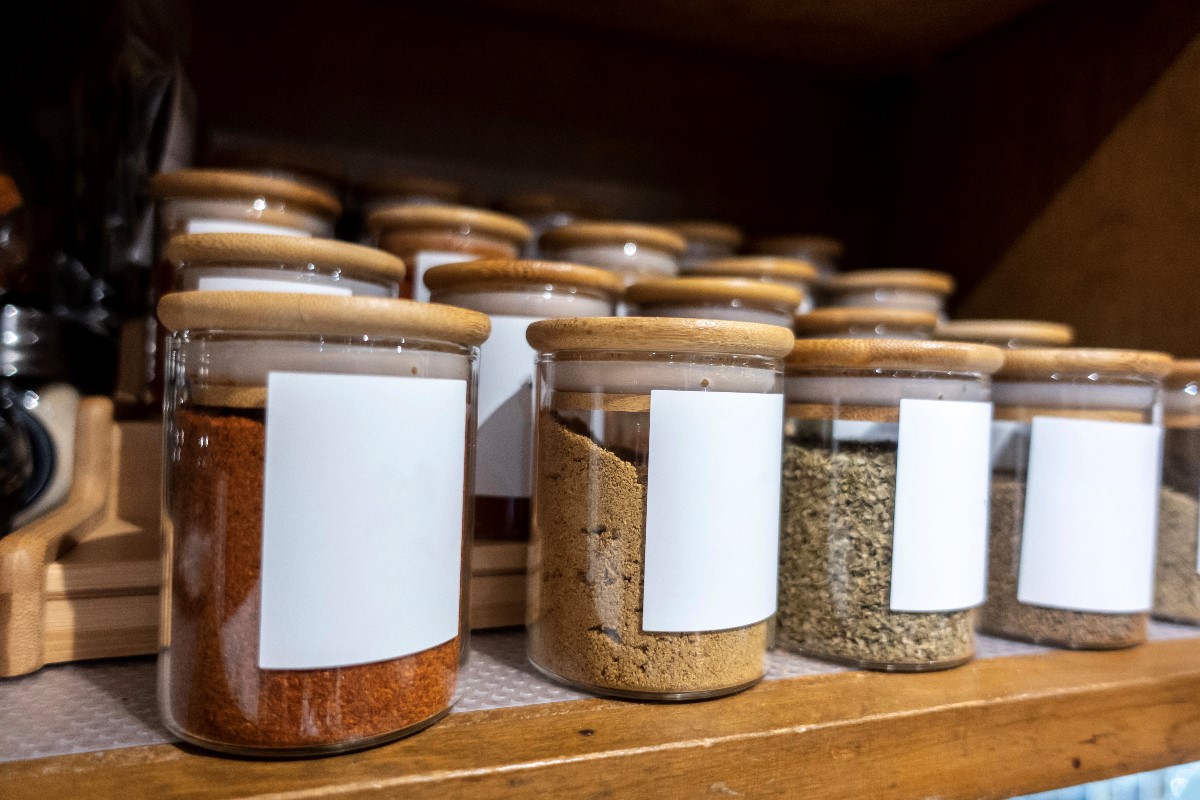
Visibility is a subtle yet powerful form of control. When you can see the contents of every container, it becomes easier to monitor freshness and quantity. Clear containers reduce the chances of neglecting something until it expires. They also add an aesthetic calm to the pantry and refrigerator.
Related Post: 12 Cafes In America That Are More Famous On Instagram Than In Real Life
Keeping Lids and Containers Paired
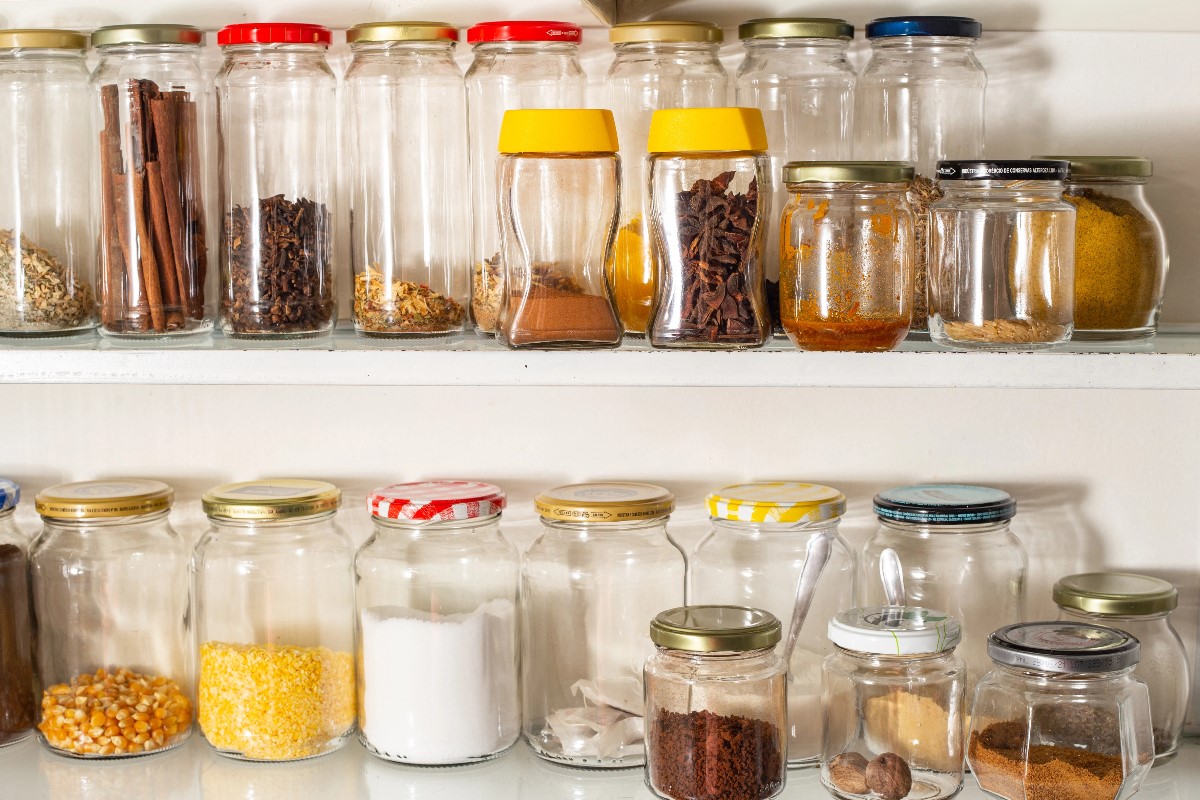
Mismatched lids and containers can turn a drawer into a chaotic puzzle. Organized cooks store lids vertically beside or beneath their matching containers. This small but impactful habit keeps the storage system functional and reduces frustration. Clean up and meal prep are both quicker when each piece fits together as it should.
Related Post: 11 Cafes That Became Overnight Sensations After One Viral Post
Maximizing Vertical Space with Shelf Risers
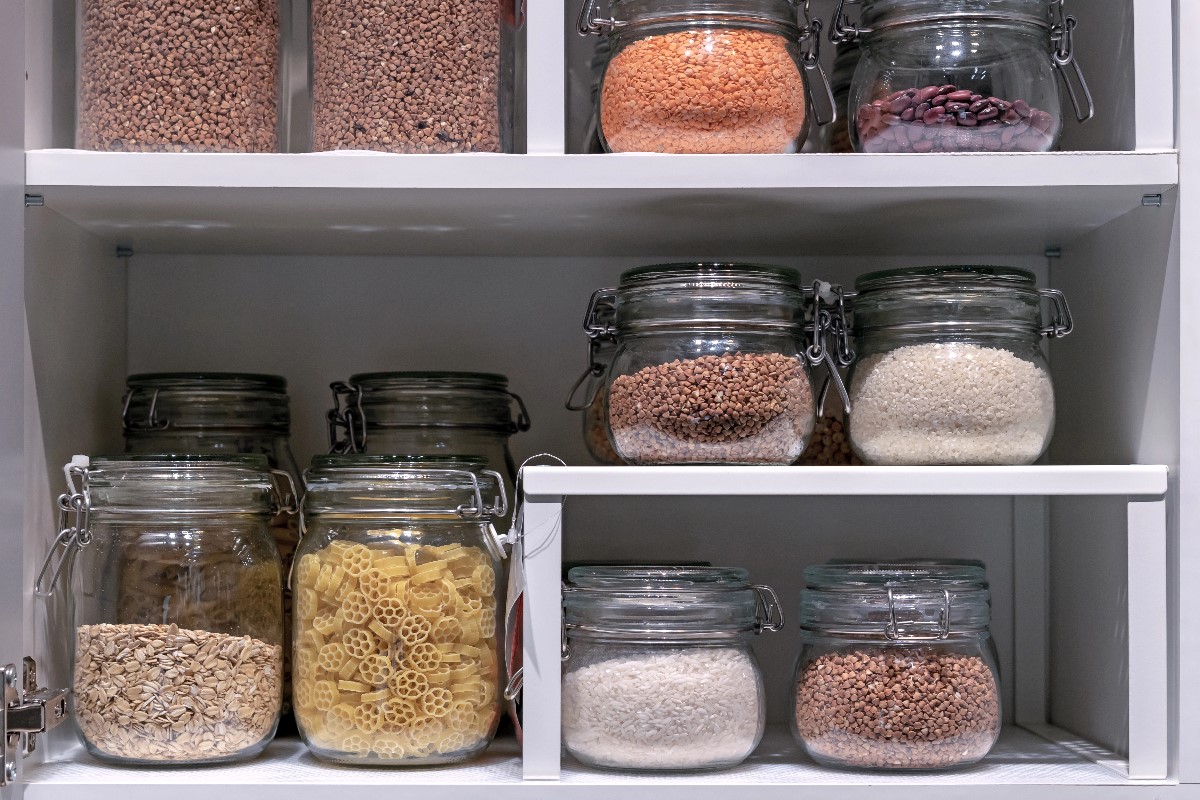
In tall cabinets, vertical space is often underutilized. Organized cooks insert risers to add levels where spices, jars, or cups can be neatly stacked. This prevents overcrowding and increases visibility without making anything difficult to reach.
Related Post: 12 Meals Boomers Made Without Fancy Gadgets
Using the Freezer Thoughtfully
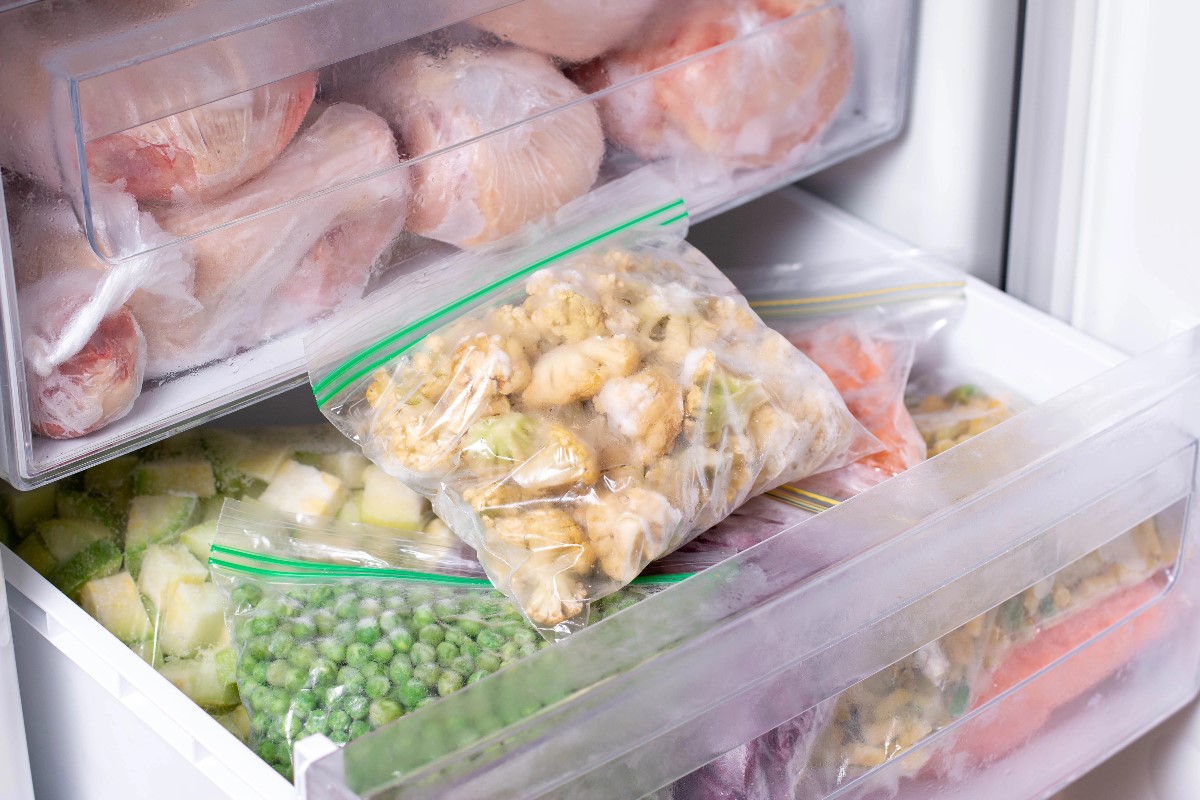
Rather than stuffing the freezer haphazardly, organized cooks portion meals in labeled bags or stackable containers. They separate proteins, frozen produce, and leftovers into designated areas. This habit prevents freezer burn and allows quick access to ready meals on busy nights.
Related Post: 11 Grocery Chains That Have The Most Loyal Shoppers In The Country
Sign up now to receive our exclusive e-cookbook filled with top-rated recipes for FREE!
Maintaining a Weekly Reset Routine

Every organized cook understands that storage systems must be maintained. Once a week, they reset the fridge and pantry, wiping surfaces, tossing expired items, and putting everything back in its place. This ritual keeps the kitchen not just clean but also consciously managed.
Related Post: 10 Restaurants In Texas You’ll Regret Not Visiting Before They Go Viral
Organization in the kitchen is not achieved by accident but by the slow cultivation of intentional habits. These small but thoughtful decisions preserve food, enhance cooking, and respect the cook’s time and effort. In a world where chaos often finds its way into our homes, a well-stored kitchen becomes a quiet declaration of care.
Disclaimer: This list is solely the author’s opinion based on research and publicly available information.
10 Food Habits I Had To Unlearn To Enjoy Eating Again

There was a time when every meal felt like a test and every bite carried silent judgment. I wasn’t just eating, I was calculating, justifying, and second-guessing my choices.
What was once a natural joy became an exhausting mental loop I didn’t know how to escape. Relearning how to eat meant unlearning what years of diet culture taught me to believe was normal.
Read it here: 10 Food Habits I Had To Unlearn To Enjoy Eating Again
How to Save $100+ Every Month at the Grocery Store

From planning your meals to avoiding sneaky upcharges in the snack aisle, here’s a realistic guide to trimming your food budget without adding stress to your week.
Read it here: Things Moms Waste Money On (and Don’t Even Know It)
Is Walmart+ Still Worth It in 2025? The Truth After 3 Years

Is the new Walmart Plus worth the annual fee or is it just another failed version of Amazon Prime? I spent my own money trying this service out for 12 months and counting. I have a lot to say about the benefits and drawbacks in this Walmart+ honest review.
Read it here: Is Walmart+ Worth It? Honest Review 3 Years Later!
You’ll love these related posts:
- 11 Delis In The US Where Sandwiches Are A Serious Art Form
- 13 Grocery Chains Where People Go Just For The Free Samples
- 10 Cafes In America That Serve Drinks You Can’t Find Anywhere Else
- 15 Cafes In California Locals Keep Secret From Tourists
- 10 Fast Food Spots In The US Where Employees Are Treated Better Than CEOs
